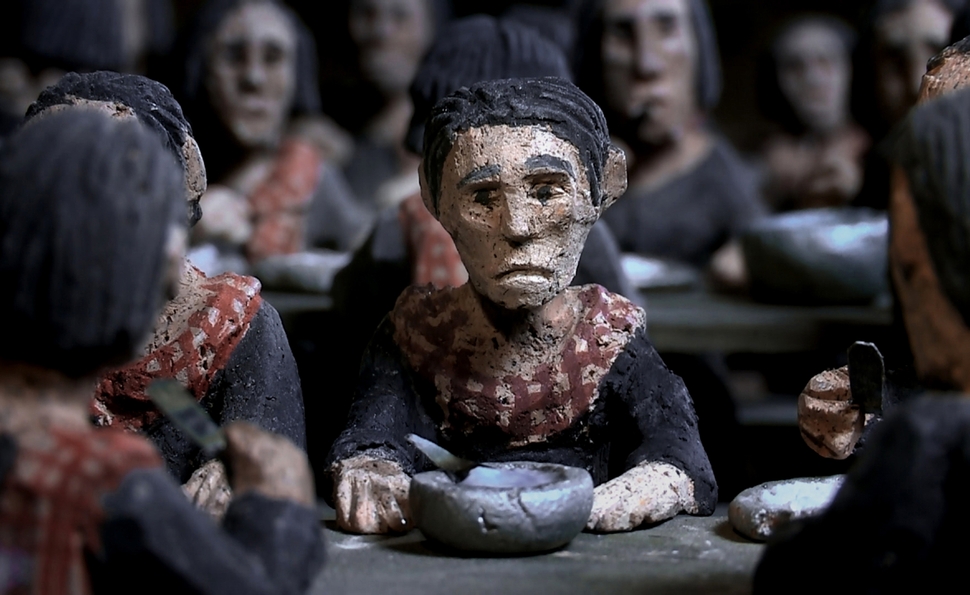ranchosantafenow.net – “The Missing Picture” is a powerful documentary by Cambodian filmmaker Rithy Panh, which poignantly explores the atrocities committed during the Khmer Rouge regime in Cambodia. This film stands out not only for its content but also for its unique storytelling approach, blending archival footage with clay figurines to depict the harrowing experiences of those years.
Background
Directed and co-written by Rithy Panh, “The Missing Picture” delves deep into the filmmaker’s personal experiences during the Khmer Rouge’s rule from 1975 to 1979. Panh, who lived through the genocide that claimed the lives of nearly a quarter of Cambodia’s population, uses this film as a means to fill the gaps in historical records with his own memories and interpretations6.
Unique Storytelling
The film’s most striking feature is its use of clay dioramas. These clay figures are employed to recreate scenes of daily life under the Khmer Rouge, offering a stark contrast to the archival footage of propaganda films from the regime. This artistic choice not only compensates for the lack of available footage but also provides a deeply personal and evocative representation of the past9.
Critical Acclaim
“The Missing Picture” received significant acclaim worldwide, securing the Un Certain Regard prize at the Cannes Film Festival. It also became the first Cambodian film to be nominated for an Academy Award, highlighting its international impact and the universal resonance of its themes3.
Themes and Impact
At its core, “The Missing Picture” is a meditation on memory, loss, and the power of storytelling. It challenges viewers to reflect on the nature of historical truth and the role of art in preserving and interpreting the past. By sharing his personal narrative, Panh not only memorializes those lost but also educates new generations about the dangers of totalitarian regimes6.
Conclusion
“The Missing Picture” is more than a documentary; it is a testament to the resilience of the human spirit in the face of profound suffering. Through its innovative use of art and personal narrative, the film offers an essential perspective on Cambodia’s history, ensuring that the stories of those who suffered are not forgotten.
